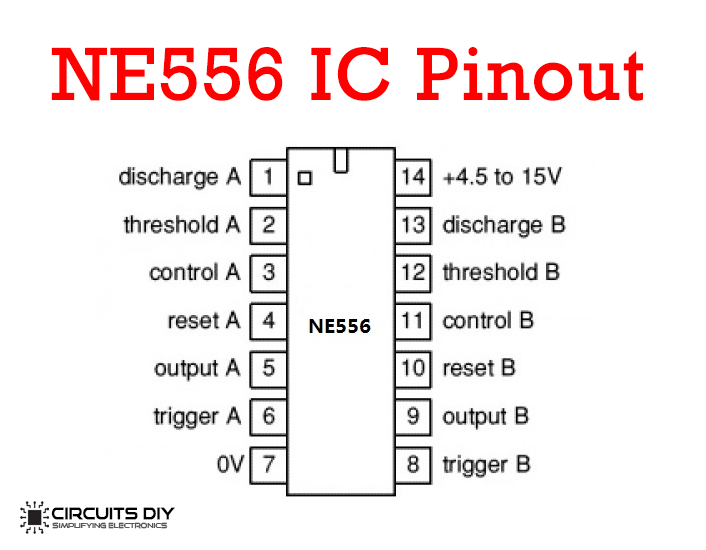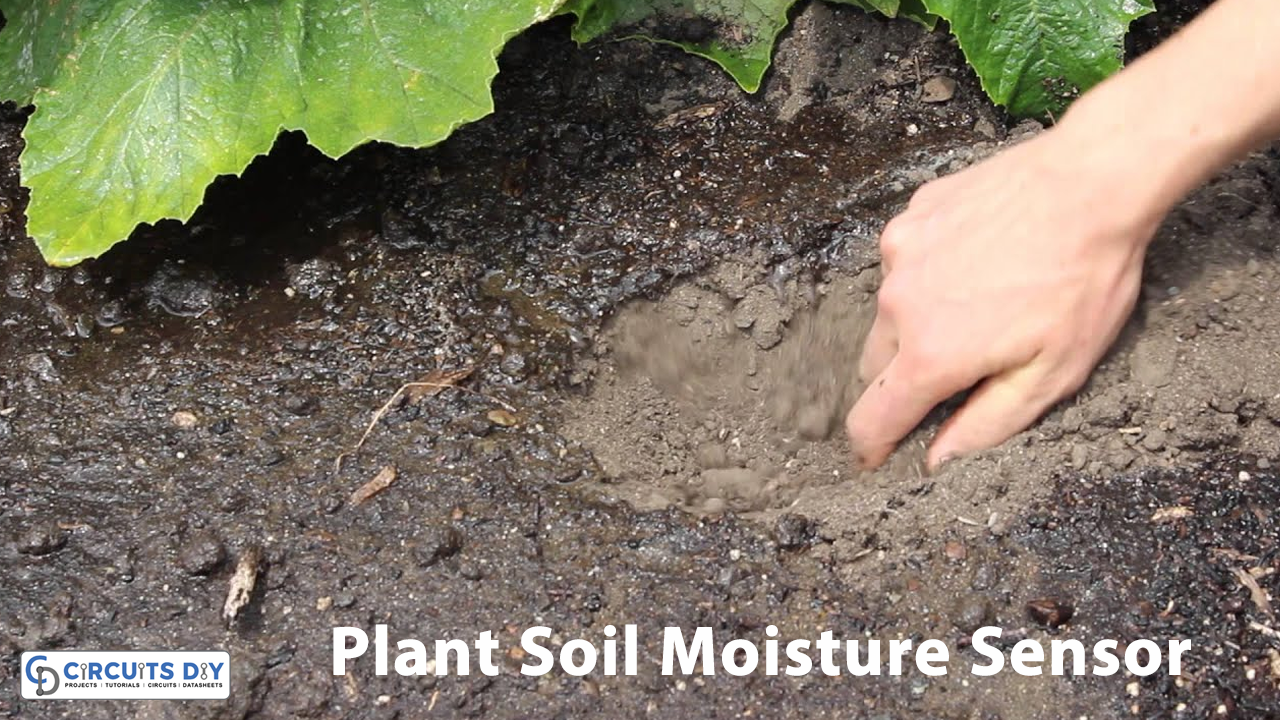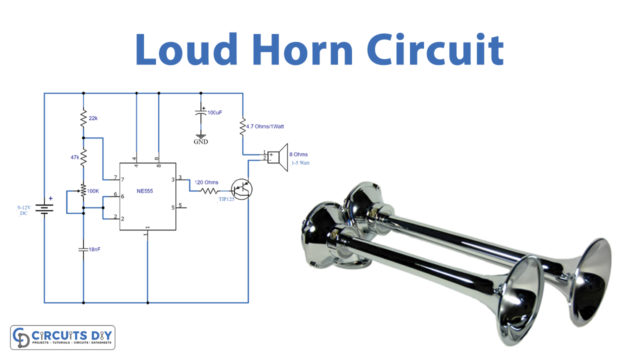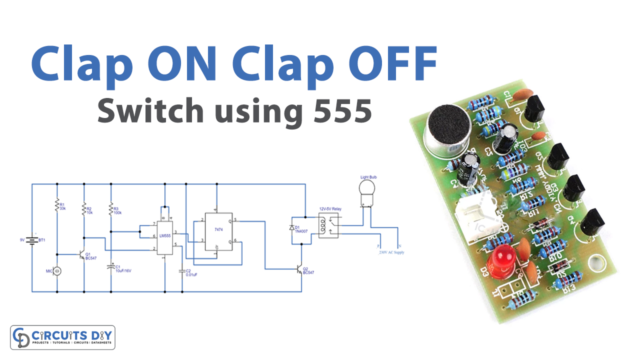We all have plants in our homes and workplaces and they require attention and care to grow and stay alive. With your busy schedule, it’s sometimes hard to water them regularly, or even if you are not busy you forget about doing it due to which all the plants become weak and eventually die. These issues can be solved with a simple Plant soil moisture sensor alarm circuit that we are making in this project.
The purpose of this circuit is to provide a beep beep sound of the buzzer and flashlight when the moisture content in the soil is not enough and gives a reminder to water them.
Hardware Components
The following components are required to make Plant Soil Moisture Sensor Circuit
| S.no | Component | Value | Qty |
|---|---|---|---|
| 1. | Input Supply DC | 5-12V | 1 |
| 2. | Probes | – | 2 |
| 3. | IC | NE556 Timer | 1 |
| 4. | Resistor | 100KΩ, 220KΩ, 390Ω | 1, 1, 1 |
| 5. | Variable resistor | 10K | 1 |
| 6. | Ceramic Capacitor | 10nF | 2 |
| 7. | Electrolytic Capacitor | 1uF | 1 |
| 8. | LED | – | 1 |
| 9. | Piezo buzzer | – | 1 |
NE556 IC Pinout

For a detailed description of pinout, dimension features, and specifications download the datasheet of NE556 IC
Plant Soil Moisture Sensor Circuit

Working Explanation
The operating voltage of this circuit is 5 to 12 volts DC. The heart of this circuit is a 556 dual-timer IC. Two probes are the sensors of this circuit and are adjusted in the soil which is responsible for sensing the water content in the soil. When the water content will be less the probes will detect it and sends the signal to the IC. The IC will be activated and switch on the buzzer and the LED for a specific time period. The time duration of activation of this LED and buzzer depends on the value of the capacitor used with the IC. The sensitivity of this circuit can be adjusted by the 10K variable resistor. To increase or decrease the sensitivity level you can experiment with different variable resistors like 100K, 500K, or 1M ohms.
Note: For long-term accurate performance use probes with nonrusting metals.
Applications and Uses
- Plants
- Irrigation
- Laboratories







